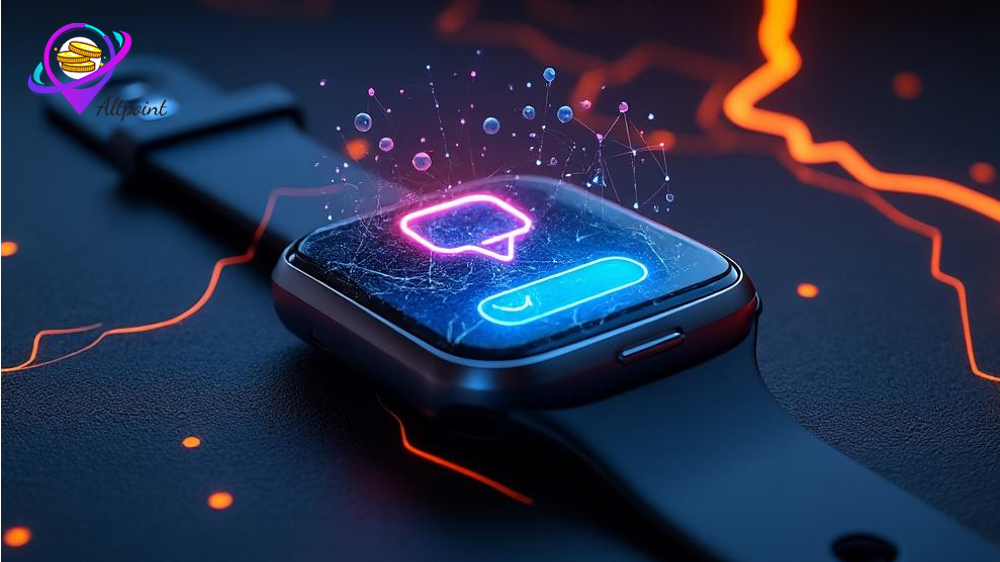The Failed Wearable Experiment
I think we’re seeing a pattern emerge in the AI hardware space. Friend AI, the startup that raised nearly $8 million to create a screenless AI pendant designed to be your “friend,” has quietly shifted its entire business model. After spending millions on subway ads and a controversial YouTube commercial, the company managed to sell only about 1,000 units of its $130 wearable device.
That’s roughly $150,000 in revenue against $8 million in funding. The math just doesn’t work, and founder Avi Schiffmann seems to have realized this. The company has now made its AI companion available for free on the Friend.com website, essentially transforming what was supposed to be a hardware revolution into just another chatbot service.
The Loneliness Solution That Wasn’t
What’s particularly interesting about this pivot is how it reflects on the original premise. Schiffmann positioned Friend AI as a solution to the “ongoing loneliness crisis” in Western societies. The device was meant to be a constant companion, not an assistant. But the execution never matched the ambition.
Early reviews from publications like Wired and tech influencers were largely negative. The ads themselves became targets for anti-AI graffiti in New York and Los Angeles. There’s something almost poetic about dystopian advertisements being defaced by people who apparently saw through the marketing hype.
Costly Definitions of Friendship
Perhaps the most telling aspect of this story is how much money was spent defining what a “friend” should be. Schiffmann spent $1.8 million just on the Friend.com domain name, another $250,000 on that infamous YouTube commercial, and millions more on physical advertising. All to convince people that an AI could replace human connection.
But the definition kept shifting. Initially, ads defined a friend as “someone who listens, responds, and supports you.” Later, Schiffmann broadened this to include anyone you’ve ever interacted with, even just once. It feels like the goalposts were moving as the business model struggled to find traction.
The Silicon Valley Reality
What strikes me about this situation is how it reflects certain patterns in tech funding. Despite the poor sales and negative reception, Schiffmann continues to receive support from Silicon Valley elites and prominent investors like Solana co-founder Anatoly Yakovenko. There’s a disconnect between market reality and investor enthusiasm that’s become all too common.
Friend AI joins Humane’s AI pin in the growing list of AI hardware products that promised revolution but delivered disappointment. Both companies raised significant funding, generated substantial hype, and ultimately failed to convince consumers that they needed these devices in their lives.
Maybe the lesson here is that some human experiences—like friendship—can’t be commodified or replaced by technology, no matter how much venture capital you throw at the problem. Or perhaps the market for AI companions simply isn’t ready yet. Either way, Friend AI’s pivot from hardware to free software suggests that even its creators recognized they were fighting a losing battle.






